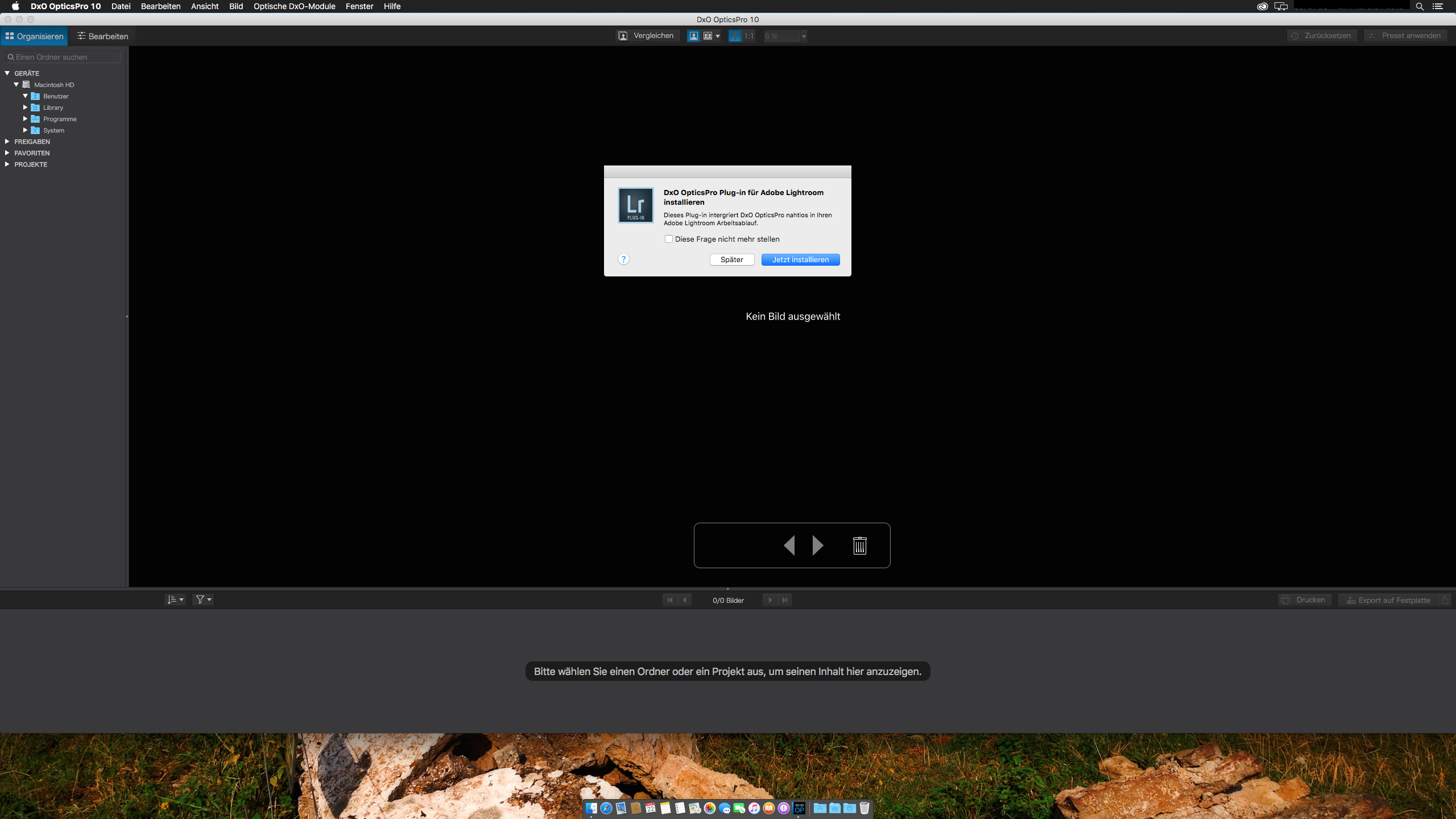

While the regular noise reduction process is applied ‘live’ to the image preview, the PRIME mode previews a small area of the screen, and the de-noise process is only applied when you export processed JPEG or raw files.Ĭlicking on Export to disk marks the final stage in the workflow. The disadvantage is its processing demands. The default HQ (Fast) process is very good at balancing noise reduction and image detail, but the PRIME engine goes a lot further. Moving on to the Detail panel, this is where you’ll find a powerful PRIME noise reduction tool. OpticsPro’s whole raison d’être is powerful optical corrections, and without the DxO ViewPoint add-on, OpticsPro 11 does feel rather incomplete. This is where the much more advanced perspective control tools of DxO ViewPoint appear if it’s installed. The Geometry panel is pretty thinly populated, too, with Horizon, Crop and Distortion tools (just in case you want to adjust the distortion correction manually). OpticsPro 11 seems to exaggerate the distortion of the ‘before’ shots for some cameras and lenses This is where DxO FilmPack’s tools slot in when it’s installed, otherwise you get a relatively limited selection of tools, though still enough to try out a range of effects. It has a sophisticated Multi-Point Color Balance tool for powerful, localised colour tweaks and a Color Rendering sub-panel where you can choose different film renderings. The Color panel offers more than just saturation and vibrancy adjustments. DxO’s ClearView tool is designed to reduce haze or fog but it’s useful for much more than just landscape shots, adding a vivid ‘punch’ to any flat-looking image, and it’s a lot subtler than Adobe’s Dehaze tool in Camera Raw and Lightroom. You can also recover blown highlights with the Exposure Compensation slider, and this seems the quickest solution for overexposed images.There’s a whole lot more to explore besides this.

You can adjust the strength from Slight through to Strong, but this seems to act on both ends of the brightness range, not just the shadows. What’s slightly confusing is that these tools also appear in the other panels further down, so it’s easy to lose track of where you need to be in order to make specific adjustments.ĭxO’s Smart Lighting tools are a little difficult to fathom too. Here you get expandable sub-panels for White Balance, Exposure Compensation, DxO Smart Lighting, Selective Tone, DxO ClearView, Contrast, Colour Accentuation, Noise Reduction, Horizon and Crop. It’s in the Essential tools panel that the work starts. The Histogram panel is just a graphical display and there’s nothing to do here. There are six panels: Histogram, Essential Tools, Light, Color, Detail and Geometry. When you start applying manual adjustments, OpticsPro becomes more complicated. You can make manual adjustments to your images, or you can select one of OpticsPro’s many preset image effects This is a great way of seeing what a difference the lens corrections have made, and the transformations can be startling – your lenses are often worse than you thought! Manual control Quite often, you’ll want to check your edited image against the original, and for this you press and hold the Compare button at the top of the screen. These are pretty complex, but you may not need them, because OpticsPro automatically applies a ‘DxO Standard’ preset that identifies and applies the right lens correction profile and its default raw processing settings, which include DxO’s Smart Lighting technology to subtly recover highlights and boost the shadows. In Customize mode you still have the filmstrip along the bottom, but the left side of the screen reveals image and EXIF information and on the right side you’ll see a stack of adjustment panels.

You can filter out RGB (JPEG and TIFF) images from raw files and add ratings and flags to help highlight your best shots or pick out those you want to process into JPEG or raw files. It’s more like Adobe Bridge – a relatively simple folder browser – though you can create ‘virtual’ projects to pull together images from different locations without actually moving them on your hard disk. OpticsPro isn’t a full-on cataloguing tool like Lightroom. In Organize mode you use a Source Browser panel on the left of the window to locate the folders containing the photos you want to convert. OpticsPro has two basic operating modes – Organize and Customize. This example shows the effect of the ClearView tool – it adds depth and contrast to the sky and sea in the distance


 0 kommentar(er)
0 kommentar(er)
